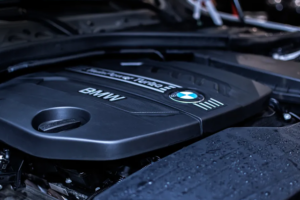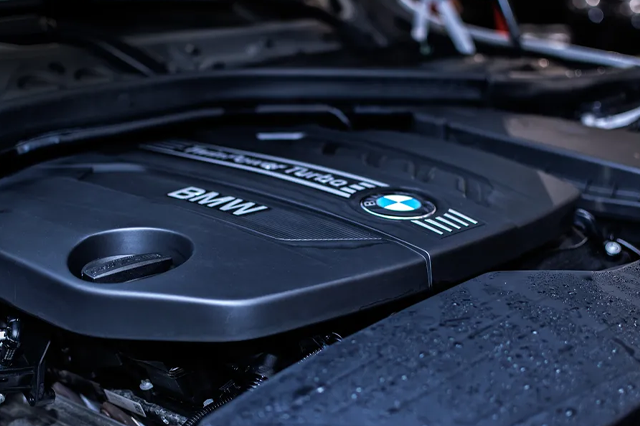The head gasket is one of the car parts that raises the most concern among vehicle owners, as it is associated with a very complex process and a very expensive repair. Its repair requires hours of work and in some cases, it can even mean the end of the vehicle.
If you have mechanical knowledge or simply want to try to do it yourself and save good money in the workshop, we are going to explain how to change the head gasket. In this way, you can save the labor of the workshop and repair your car in your home or garage.

Symptoms that indicate the change of the cylinder head gasket
Before starting to tell you what you have to do to change the head gasket, you have to make sure that it is a problem in this part of the engine. There are several symptoms that can show you that it is defective, such as the following:
- Oil in the cooling system. Checking the refrigerant you will be able to know it, seeing that it seems a more consistent mixture, similar to a “mayonnaise”. This will mean that a mix has occurred and that the joint is damaged.
- Presence of coolant in the oil system: Another sign that can alert you to a problem in the cylinder head gasket is the existence of coolant in the oil system. You will be able to know when doing an oil change, seeing that the oil has a texture similar to that of mayonnaise but brown in color. This can cause serious engine damage.
- Pressure in the cooling system: If there is a low level of cooling and overheating, these are symptoms that there is too much pressure in the cooling system. This will mean that the head gasket is burned. You can usually tell by white smoke that comes out of the exhaust pipe and that is very thick.
- Coolant leak: One of the most noticeable symptoms that you have a problem with this element is the presence of puddles of coolant under the car. When leaks of this type occur, they are usually related to a damaged gasket. However, it can also be due to other reasons. Therefore, you will have to examine your car deeply in search of possible causes. One could be head gasket damage.
In this way, if you detect that your vehicle has any of these symptoms, you should try to make sure that it is a problem in the head gasket. This way you can produce instead or go to a mechanical workshop where they investigate the causes and carry out the work.
Instructions for changing the head gasket
To change the head gasket, you need to follow a series of steps:
- You must first disconnect the battery. First you must disconnect the negative terminal (black) and then the positive (red). You should not do it the other way around, as you could cause serious damage to your vehicle.
- The next step is to drain the oil and antifreeze from the car. For this you have to learn to change the oil and filters. To drain the antifreeze, you will have to look for a drain screw.
- Later you will have to access the cylinder head gasket, for which you will have to release the cover that is on the timing belt cover. Then you will remove the antifreeze tube and the various connections. When you have removed all these elements you will be able to reach the rocker cover and the cylinder head.
- Next, remove the damaged cylinder head gasket, for which you will have to remove the corresponding screws.
- Later you will have to clean the surface, for which you will have to use a grain sandpaper and a degreaser. Make sure it’s totally clean.
- Once this is done, all you have to do is fit a new head gasket. It is a delicate process that must be done carefully to ensure that it is perfectly placed. You must follow the instructions indicated by the manufacturer of the joint. Also be very careful when putting the screws, always creeping the tightening torque. You will need to use a torque wrench for
- Then you will only have to follow the reverse process to the previous one, placing all the removed pieces to reach it; and finally fill the oil and antifreeze tank. Then you will connect the battery and you will have finished the process.
What do you need to change the head gasket?
- Toolbox. You will need different types of keys and screwdrivers. In this way you will have to remove all the pieces that are both above the cylinder head and in the cylinder head itself (Allen keys, ratchet keys…).
- Gloves: It is advisable that you always wear protection on your hands to avoid possible accidents.
- Torque wrench: You will need it for the placement of a new cylinder head. This way you can maintain the tightening torque when tightening each screw.















